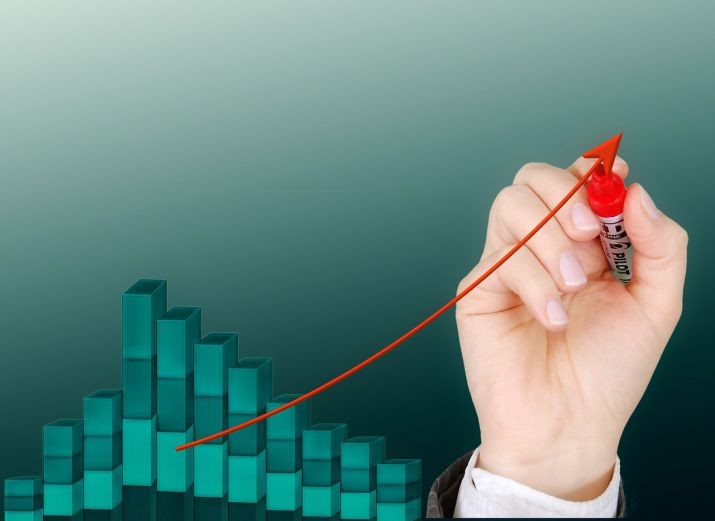
The forecast covers the years 2017, 2018 and 2019 and includes data on gross domestic product (GDP) growth and inflation for all 28 EU Member States.
According to the Commission's forecasts, growth rates for the euro area and the EU beat expectations last year as the transition from economic recovery to expansion continues. The euro area and EU economies are both estimated to have grown by 2.4% in 2017, the fastest pace in a decade. This robust performance is set to continue in 2018 and 2019 with growth of 2.3% and 2.0% respectively in both the euro area and EU.
Inflation in the euro area reached 1.5% in 2017. It is forecast to remain at 1.5% in 2018 and to increase to 1.6% in 2019.
Growth and inflation rates, risks assessment and forecast by country: for more information on our Winter #ECForecast
— European Commission (@EU_Commission) February 7, 2018
→ Read our press release https://t.co/GN8VmMGaI5
→ See our full report https://t.co/6x0FlMWBEi
→ Follow @ecfin https://t.co/Zs2wXOt24g
From the country report for the Czech Republic:
The Czech Republic is experiencing an economic upswing. Real GDP growth in 2017 likely exceeded potential growth by a significant margin, driven by private consumption and investment and in spite of a tightening labour market. Although growth is expected to moderate in 2018 and 2019, inflationary pressures will continue as a result of the positive output gap.
The Czech Republic’s economy is forecast to have grown by 4.5% in 2017, considerably higher than in 2016, when the economy expanded by 2.6%. After surging in the first half of 2017, GDP growth likely moderated in the second half with estimated growth of 0.7% (q-o-q) in the last quarter of 2017, following 0.5% in the third quarter. Labour market constraints are rapidly pushing wages up, which in turn is feeding into household consumption. At the same time, investment has started to again contribute strongly to growth, with increasing support of EU funds.
GDP growth is expected to moderate in 2018 and 2019 but to remain strong at 3.2% and 2.9%, respectively, underpinned by domestic demand. While exports are expected to continue growing solidly thanks to robust global demand, their positive effect on GDP growth will tend to be neutralised by strong import growth.
HICP inflation accelerated to 2.4% in 2017, from 0.6% in 2016, largely due to higher food and services prices. The central bank’s decision to remove its exchange rate peg in April 2017 and its subsequent interest rate hikes seem to have tempered inflationary pressures on imported goods and services. Headline inflation is expected to remain unchanged at 2.4% in 2018 and to stabilise at 2.0% in 2019. The main contributions in 2018 are once again expected to come from food and services, while energy prices are assumed to rise significantly in the first half of the year. Overall, annual core inflation is expected to decrease slightly in 2018 and 2019.